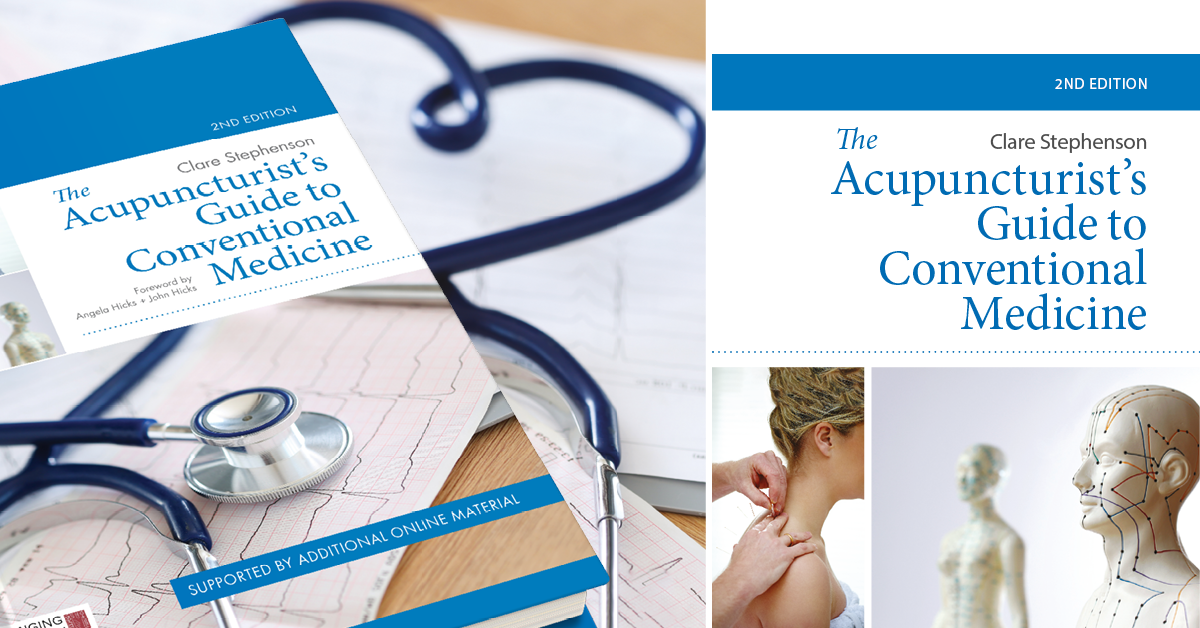
‘Facial Enhancement Acupuncture’ by Paul Adkins
So Paul, can you give us an idea of where Facial Enhancement Acupuncture came from?
Well, Facial Enhancement Acupuncture is my own protocol. I have taken historical points and used them to create this system of treatment. But facial acupuncture itself goes back at least a thousand years to the Song Dynasty when the Chinese Empress and Emperor’s concubines received acupuncture for anti-ageing purposes. So Facial Enhancement Acupuncture is a modern take on a very old tradition.
How does it work?
The first way is by lifting and tightening faces. I use acupuncture needles to give facial muscles a workout. It’s like getting your face to do a sit up, and just as a sit up will tighten your abs, this tightens jowls and other sagging skin.
The other way it works is by treating lines and wrinkles; the lines at the corners of your mouth or the “number 11s” at the top of your nose between your eyes. I insert needles to create a minute injury and the body makes natural collagen to heal the trauma and fills in the line, just like repairing a scar. It’s very subtle but after a few treatments you see a real difference. I recommend patients to have 10 weekly or fortnightly treatments and then top-up sessions every few months.
What are the benefits of Facial Enhancement Acupuncture?
The major benefit is that it reduces and slows the signs of ageing. The effects are quite amazing; it’s a real long-term lift for the face. Patients look better and they also feel better. The treatment integrates body points as well as points on the face and they have the side-effect of improving wellbeing.
What are the advantages of the treatment over cosmetic surgery, Botox or anti-ageing creams?
The main advantage is that it’s totally natural; no chemicals or invasive procedures. Also the recovery time is next to nothing, there’s no redness or irritation and so treatments can be done at any time of day.
Many people use acupuncture for treating pain, is it difficult to get people interested using it for cosmetic purposes?
My regular patients have already gotten into acupuncture and so are open to using it in a different way. I’ve become known for doing Facial Enhancement Acupuncture and so patients come to me looking for an alternative to Botox. It’s becoming much more recognised and is really catching on with plenty of celebrities raving about it, and that leads to people phoning the clinic to find out more.
What sort of reactions do you get from first-time patients?
They’re often really surprised! The treatment uses over 80 needles and so people can be a bit apprehensive. But then they realise it’s pain-free and say they can see a difference from the first treatment. They also feel a lot better after a session.
Finally, do you have any advice for practitioners considering incorporating Facial Enhancement Acupuncture into their practice?
It’s definitely something to look at. Acupuncturists will already have a potential client base of all their existing patients so it’s a really good source of income. Most people are already having facial treatments at the beauty parlour in the form of facial massage, facials, and chemical peels. They already trust you, so why not keep the treatment in house? It’s always worth having more strings to your bow.
Paul Adkins is a qualified acupuncturist who trained at the CTA Leamington College of Five-Element Acupuncture. He established The Mitchell Hill Clinic (www.themitchellhillclinic.co.uk) in the south west of England and has been practising acupuncture there for over eight years. He is a member of the British Acupuncture Council and has trained acupuncturists in over 30 countries to perform this natural, anti-ageing treatment. As well as lecturing on facial acupuncture both in the UK and worldwide, Paul became a Zita West Affiliated Fertility Acupuncturist in 2008.
© 2013 Singing Dragon blog. All Rights Reserved
 Clare Stephenson, author of The Acupuncturist’s Guide to Conventional Medicine, discusses how knowledge of Eastern medicine can improve conventional medicine practitioners response to patients, if complementary therapies should be incorporated into routine medical practice and her background in Eastern and Western medicine.
Clare Stephenson, author of The Acupuncturist’s Guide to Conventional Medicine, discusses how knowledge of Eastern medicine can improve conventional medicine practitioners response to patients, if complementary therapies should be incorporated into routine medical practice and her background in Eastern and Western medicine. 